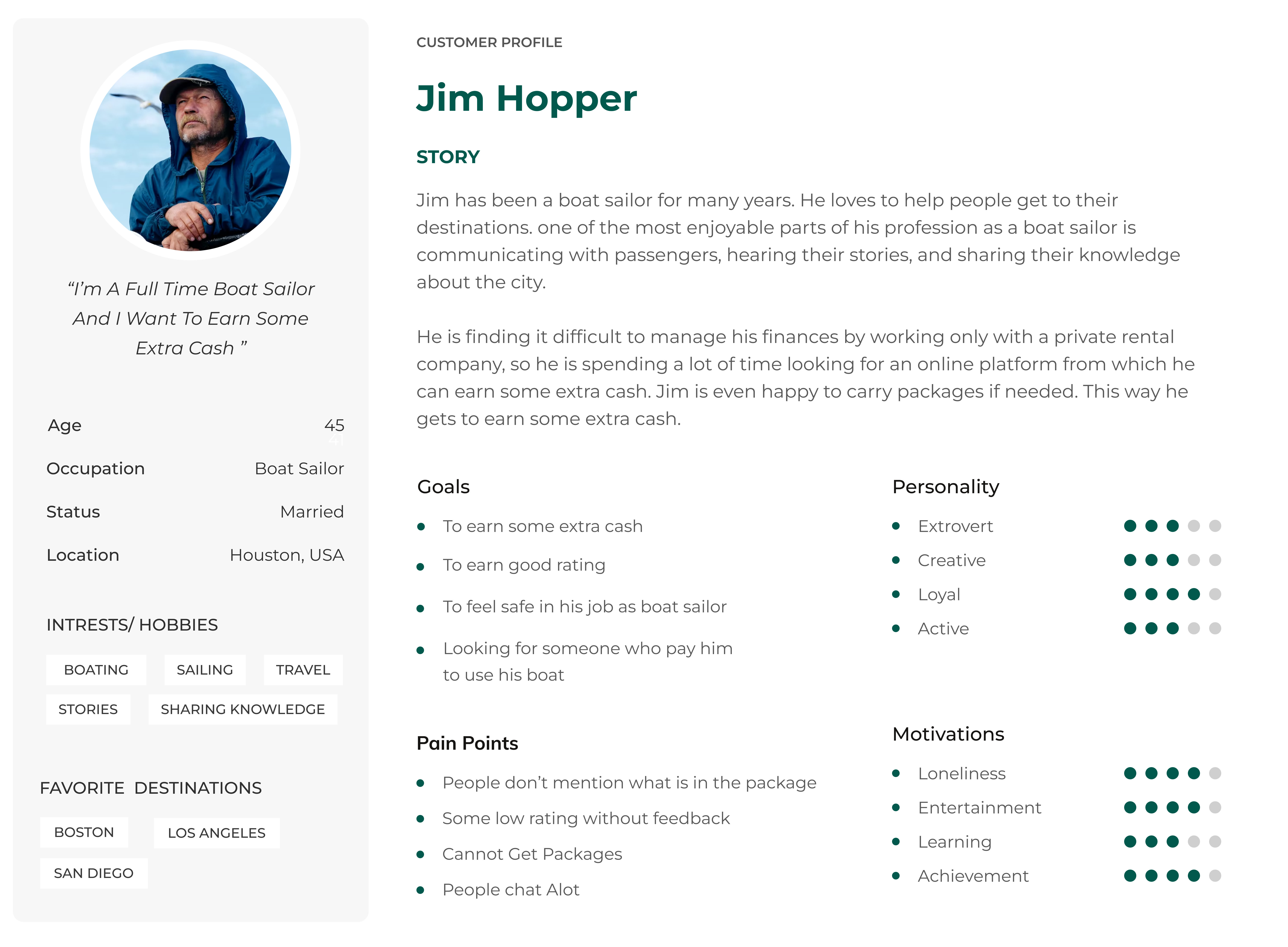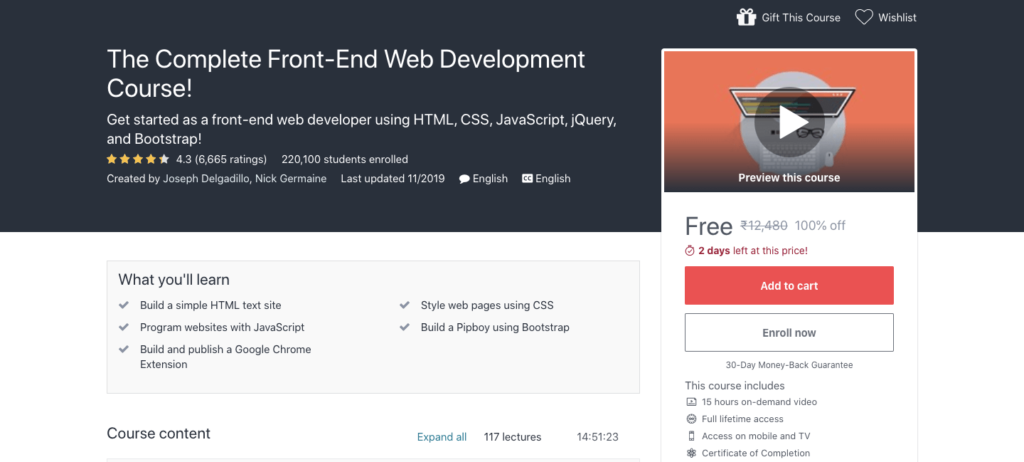
Visual hierarchy refers the art of making information visually appealing so that the learner can understand it. This includes color, size, spacing, and typographic hierarchy. An illustration or photo is a great example. But this is only one way that visual hierarchy can increase the appeal and value of a design.
Graphic designers, for instance, know that it is crucial to ensure that the most important elements of a design are clearly visible to the eye and that they are not obscured by less important ones. In order to achieve this, the logical order of importance is crucial.

Scale is one way to do this. The bigger the element, it attracts more attention. On the other side, the less you will view an element the more attention it will attract.
Using negative space is another effective way to create a sense of hierarchy. White space can help a designer control the composition of a design. It can be a helpful tool in the visual design process, but a little too much can actually clutter a design.
It is essential to know the scale and perspective of a poster when designing one. The poster is a great way to create eye-catching designs. Posters are usually displayed in high-traffic areas, such outside buildings. In other words, the viewer is given only a few seconds for the posters to grab attention. A limited color palette, well-placed lines and leading edges can draw attention.
To achieve the desired effect, color is an important tool. Particularly effective are bright and bold colors. They are more attractive than dark or dull colors. Also, contrast will create a sense hierarchy.

Websites that are well designed will often include interesting gimmicks like animated GIFs or fun line-art illustrations. This site is unique because it communicates a strong message using a simple, but engaging font and the right spacing. To get the most out of this, it's a good idea to consider the specific platform you're designing for and optimize the flow of your message.
Another great example is an event poster that uses the visual hierarchy. Although the main text is quite small, the headline is a striking piece of design that draws the attention of passersby. Other notable features are the use of negative space, leading edges, and a few different fonts.
It is difficult to create a graphic design that makes the most of the visual hierarchy and all the elements. Although it can seem overwhelming, designers can achieve their vision of a visually appealing design by following the tips in this article. From there, the rest is up to the designer. The design of an event poster or flyer must have all relevant information in the most effective places.
FAQ
How Much Does It Cost to Make An Ecommerce Site?
It depends on the platform you choose and whether you use a freelancer to build your site or hire a service provider. eCommerce websites start at about $1,000.
Once you've chosen a platform you can expect to pay $500-$10,000.
A template is usually less than $5,000 if you plan to use it. This includes any customizations you may need to match your brand.
Do I require technical skills to design or build my website?
No. All you need is an understanding of HTML and CSS. Online tutorials can be found that cover both HTML and CSS.
WordPress is a CMS?
The answer is yes. It's a Content Management System (CMS). CMS allows you control your website content using a web browser and not an application like Dreamweaver, Frontpage or Frontpage.
WordPress is completely free! You don't have to pay for anything other than hosting, which your ISP usually provides.
WordPress was initially designed as a blogging platform but now offers many different options, including eCommerce sites, forums, membership websites, portfolios, etc.
WordPress is simple and easy to install. To install WordPress, you will need to download the installer file from their website. Once it is downloaded, upload it to your server. After that, you can simply access your domain name with your web browser.
After installing WordPress, register for a username/password. Once you've logged in, you'll see a dashboard where you can access all of your settings.
Here you can add pages and posts, images, menus, widgets and plugins. This step can be skipped if editing and creating content is easy for you.
You can, however, hire a professional Web designer to handle the whole thing if your preference is to work with another person.
Are I more likely to be hired for a job as a Web Developer if my portfolio is good?
Yes. If you want to land a job as web designer or developer, your portfolio is essential. Portfolios must showcase your skills and experiences.
A portfolio typically includes samples from your past projects. You can include anything that demonstrates your skills. Your portfolio should include everything: wireframes and mockups as well as logos, brochures, websites, apps, and even logos.
Statistics
- Did you know videos can boost organic search traffic to your website by 157%? (wix.com)
- It's estimated that in 2022, over 2.14 billion people will purchase goods and services online. (wix.com)
- It's estimated that chatbots could reduce this by 30%. Gone are the days when chatbots were mere gimmicks – now, they're becoming ever more essential to customer-facing services. (websitebuilderexpert.com)
- Is your web design optimized for mobile? Over 50% of internet users browse websites using a mobile device. (wix.com)
- Studies show that 77% of satisfied customers will recommend your business or service to a friend after having a positive experience. (wix.com)
External Links
How To
How do I get started as a UI Designer?
There are two routes to becoming a UI Designer:
-
You can complete school to earn a degree for UI Design.
-
You can become a freelancer.
To be able to enter school, it is necessary to attend college/university and complete four years. This includes art, computer science, business, marketing, psychology, etc.
You can also take classes at community colleges or state universities. Some schools offer free programs, while others charge tuition fees.
After you graduate, you must find work. If you plan to work for your own business, you need to establish a client base. Networking with other professionals is important so that they know you are there.
Also, you can look for internship opportunities at companies that are specialized in developing web apps. Many companies hire interns in order to gain valuable experience before they hire full-time employees.
A portfolio will help you get more work once you have established it. Your work samples and details about the projects should be included in your portfolio.
It is a good idea for potential employers to receive your portfolio via email.
As a freelancer, you will need to market yourself. You can advertise your services on job boards like Indeed, Freelance, Guru, or Upwork.
Freelancers receive assignments often from recruiters who post open positions online. These recruiters find qualified candidates for specific jobs.
These recruiters often provide a briefing detailing the job requirements to the candidate.
A freelancer is not required to sign a long-term contract. You should negotiate an upfront payment if your goal is to move forward.
Many designers prefer working directly for clients and not through agencies. Although this may seem appealing, many people lack necessary skills.
Agency workers often have extensive industry knowledge. They have access to resources and training that enable them to produce high quality work.
Aside from these benefits, agency workers are often paid a higher hourly pay.
You won't be able to get in touch with your employer directly if you work with an agency.
To succeed as a UI designer, you must be self-motivated, creative, organized, flexible, detail-oriented, analytical, and communicative.
Additionally, communication skills must be excellent both in written and verbal.
UI designers are responsible for designing websites by creating user interfaces (UI) and visual elements.
They are also responsible to ensure the site meets user needs.
This includes understanding the information that visitors require and how the site should function.
To create wireframes, UI designers can use a variety of tools. They use wireframing to help them visualize the layout of a webpage before they start designing.
It is easy to create your own wireframes using the online templates.
Some designers are solely focused on UI design while others blend UI design and graphic design.
Graphic designers use software such as Photoshop to edit images.
Adobe InDesign is used to create layouts and pages.
Photographers capture images using digital cameras or DSLRs.
They then upload the pictures to a photo editing program where they add text captions, filters, and other effects.
The photographer saves the image as a compatible file format for the website.
It is vital to consider all aspects in the web design process.
This includes research as well planning, wireframing. prototyping. testing. coding. content creation. and publishing.
Research – It is essential to do extensive research before you begin a new project.
Planning – Once you've done your research, you will want to start developing a plan.
Wireframing is a preliminary sketch for a web page, or application.
Prototyping - Prototypes help ensure that the final product matches the initial vision.
Testing - The prototype should undergo multiple rounds of testing to ensure it works properly.
Coding: Coding is the process of writing code for computers.
Content Creation - This includes everything from managing social media accounts to writing copy.
Publishing involves uploading files to a server, and making sure the site is accessible.
You'll need to be able to understand the different projects you work on as a freelance UX/UI Designer.
One example is that some companies only need wire frames, while others need complete prototypes.
Depending upon the type and scope of the project, you may be asked for specific tasks.
If you are hired to create wireframes for a company, you may be expected to produce several wireframes each time.
If you're required to build a complete prototype of a website, you may also be required to design a fully functional version.
Regardless of the type of project, it's important to have strong interpersonal skills.
Referrals are what most clients use to hire freelancers. Therefore, it is important that you establish strong relationships with potential employers.
Additionally, communication skills are essential.
A portfolio is an important tool in any freelancer's arsenal.
It displays your work and shows your ability to produce high-quality results.
Online portfolios can help you do this.
Find websites similar in your niche to get started.
Then, search these sites to see how each one presents its services.
Once you identify what you think are the best practices, go ahead and adopt them.
It is also a good idea to include links in your resume to your portfolio.